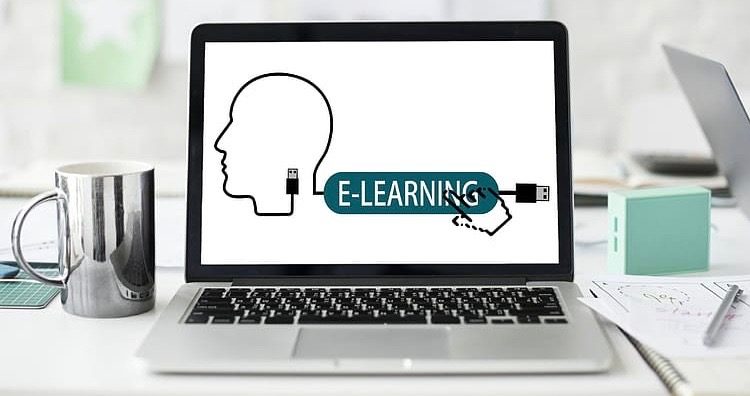The pandemic that took us all by storm has had a lasting impact on our children’s education today. From being rushed out of the classroom in March and transitioning to online learning to beginning a new hybrid or all-online format, COVID-19 is significantly affecting the way children have to learn. While many older students could easily transition and take care of themselves while online learning, many younger students need aid from their parents simply to log onto Zoom.
As students from kindergarten through 12th grade began doing their work online, many parents have had to act as their ‘teachers.’ Parents have had to overcome obstacles like ensuring their child focuses and pays attention to their online classes. Other obstacles include sacrificing their own work time, finding an appropriate space for their child to attend school and helping them to understand new, difficult concepts. Further, many younger students learn ‘new’ ways of solving math problems that parents do not even know how to solve. Students no longer have easy access to a teacher, so parents must step in, but many parents have not done that type of schoolwork in several years and the ‘new’ ways of solving problems prevent them from being able to help their child. For example, the several different methods to solving math problems that students are learning. These are methods that have been created in recent years, involving tools such as ten-frames, number bonds, box multiplication and many more. This pandemic has greatly affected the education of students, along with the amount of work that must be completed by teachers and parents.
Parents have been struggling with the online portion of learning due to lack of resources. They must ensure that their child keeps up adequately in Zoom classes and with homework. Also, parents often have to try and help their children with homework. Many families do not have access to a device for each household member to use all day, every day. These families have typically been able to receive one from their school, but the problem does not end with obtaining a way to be online. Several families have had internet connection issues, depending on their location or if they can afford to pay for a wireless connection plan. Not only does online learning take up a large portion of the day, but it also uses a large amount of Wi-Fi. Some schools are combating this issue by handing out devices that are outfitted with cellular hotspots so that students can join the online classroom and not risk missing out on their education. This solution is adequate, as the schools are providing a way for students to receive their education while staying safe. I also feel that schools providing students with these devices shows that they care for the students, trying to make sure they do not fall behind due to a situation they can not control. The issue of devices and internet connectivity became very real to several families during this pandemic, but many sources are working together to combat online learning difficulties.
With all of the difficulties that come with online learning and education, I believe that schools are still taking the best route to ensure their students’ safety by utilizing online resources for hybrid or complete online learning. Schools, teachers, parents and students are all working together to make the best of a dark situation, without sacrificing the younger generations’ education. As the pandemic continues to transpire, people discover new ways to make the situation more manageable. We have come so far from our initial online learning in March, from not knowing where to begin to having well thought out plans for maintaining education. With the pandemic’s continuation, we must continue to have hope and work through any difficulties, aiming to come out as unscathed as possible.


Leave a Reply